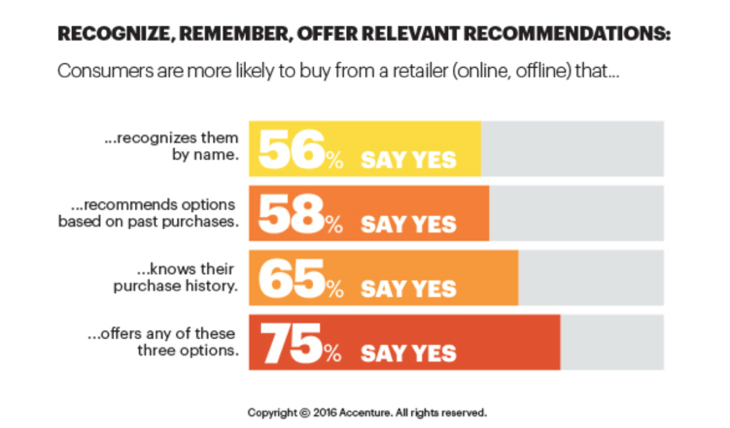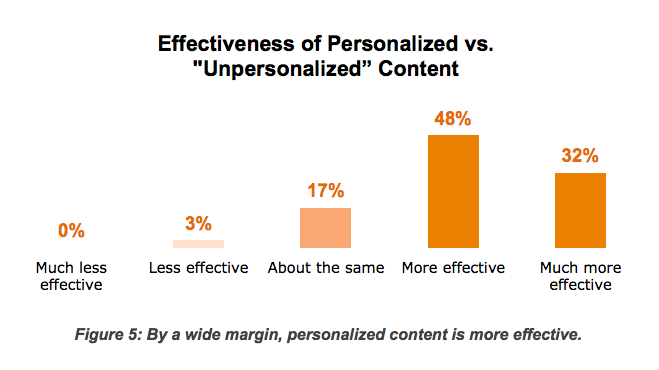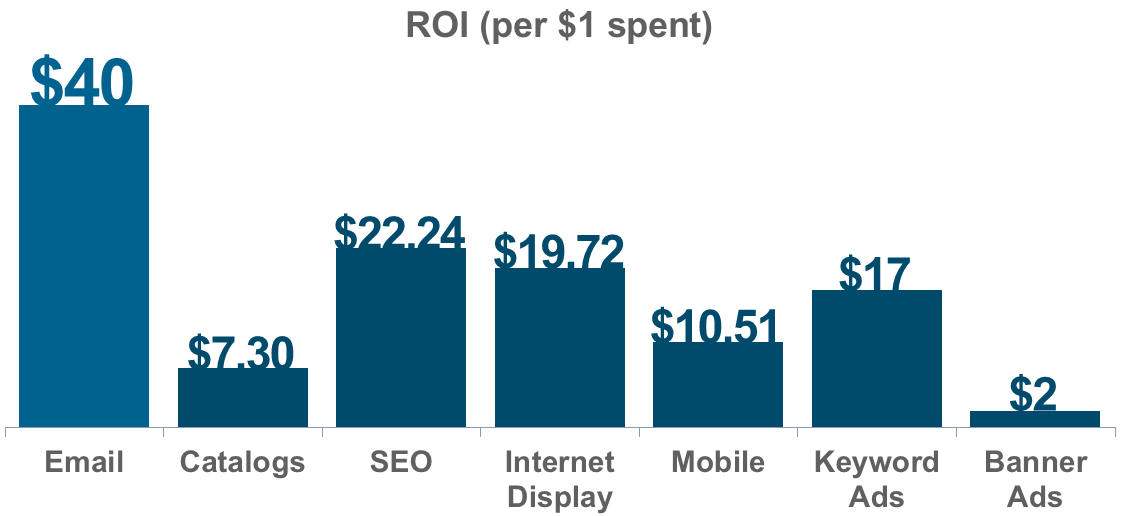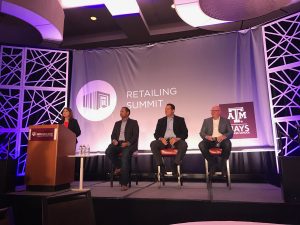How to use personalization technologies to drive more traffic and increase sales
Consumers are bombarded with marketing messages from retailers during holidays and seasonal occasions. They’re more selective about the brands they engage with and purchase from.
In fact, 63% of consumers are annoyed by repeated generic advertising messages. On the other hand, 79% of the companies that exceed their revenue goals use personalized marketing to reach their customers.
Personalized marketing is the key to increasing conversion, and social media platforms offer a lot of opportunities for retailers to leverage the latest personalization technologies to boost revenue.
Here are 4 ways to use personalize content on social media:
1. Segment your audience
The foundation of any personalization strategy is to understand the preferences, behaviors, and habits of your target market. Social media marketing allows you to leverage customer data and segment your audience at a granular level so you can deliver timely and relevant messages.
In addition, your content should relate to the audiences’ customer lifecycle stages. During seasonal occasions, many consumers would actively research products and make purchasing decisions. Your posts should provide the relevant information to shoppers with a high purchase intent.
2. Focus on one-to-one interactions
Consumers want meaningful interactions with brands. Instead of constantly selling your products, focus on being helpful and relevant to build trust and relationships with your audience.
Monitor all your social media profiles to ensure that you’re answering inquiries or comments in a timely manner. In addition, engage your followers in meaningful conversations — for example, you can ask a question, take a poll, or tag your loyal customers for more personalized interactions.
3. Leverage the power of conversational selling with messaging apps
Messaging apps are popular among consumers, and brands are using these features (e.g., Facebook Messenger) to tap into the power of conversational marketing.
With the aid of AI technologies, it’s now possible to deliver highly personalized shopping experiences at scale via messaging apps. You can combine consumer data available on social media marketing platforms with your customer database to deliver meaningful interactions that’ll drive engagement and conversion.
4. Use retargeting ads to reduce cart abandonment
Sales lost due to cart abandonment is a particularly acute challenge during the holiday season and merchants can recover some of these sales by using retargeting ads to re-engage shoppers on social media.
For example, you can use Facebook dynamic ads to show the exact product a customer has viewed on your website. You can segment the target audience to deliver a highly personalized message or a special offer to increase your conversion rate.
Increase the effectiveness of personalized content with customer data
While social media platforms allow you to access a large amount of user data, you can augment the effectiveness of the content by layering on your own customer data to deliver the most relevant and timely information.
By using a robust customer data management platform that supports multi-channel campaigns, you can leverage your database to reach shoppers that are most likely to make a purchase.
Request a demo today to see how our unique personalization solution can help you increase seasonal sales on social media.
















